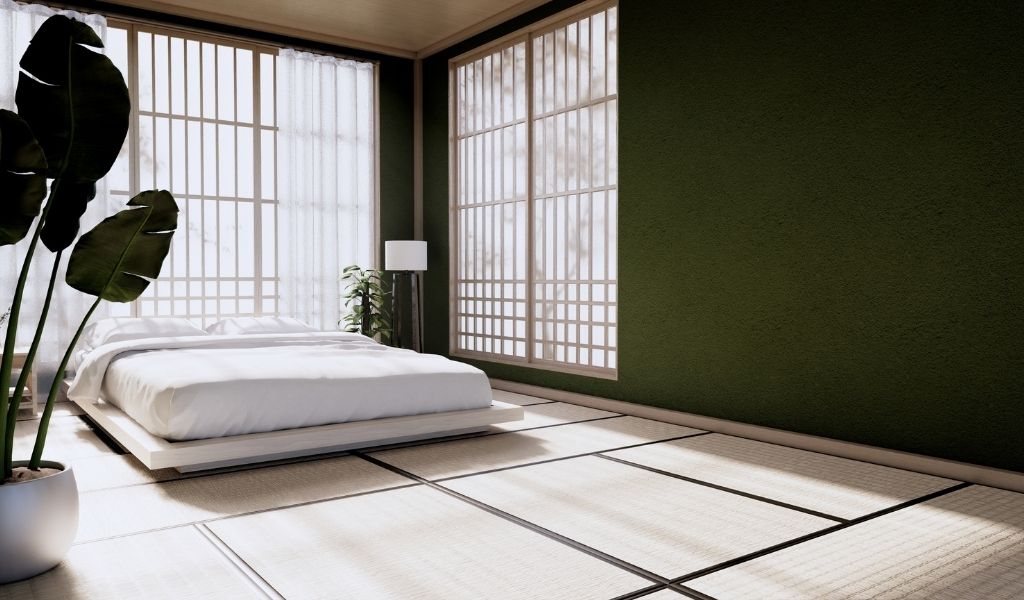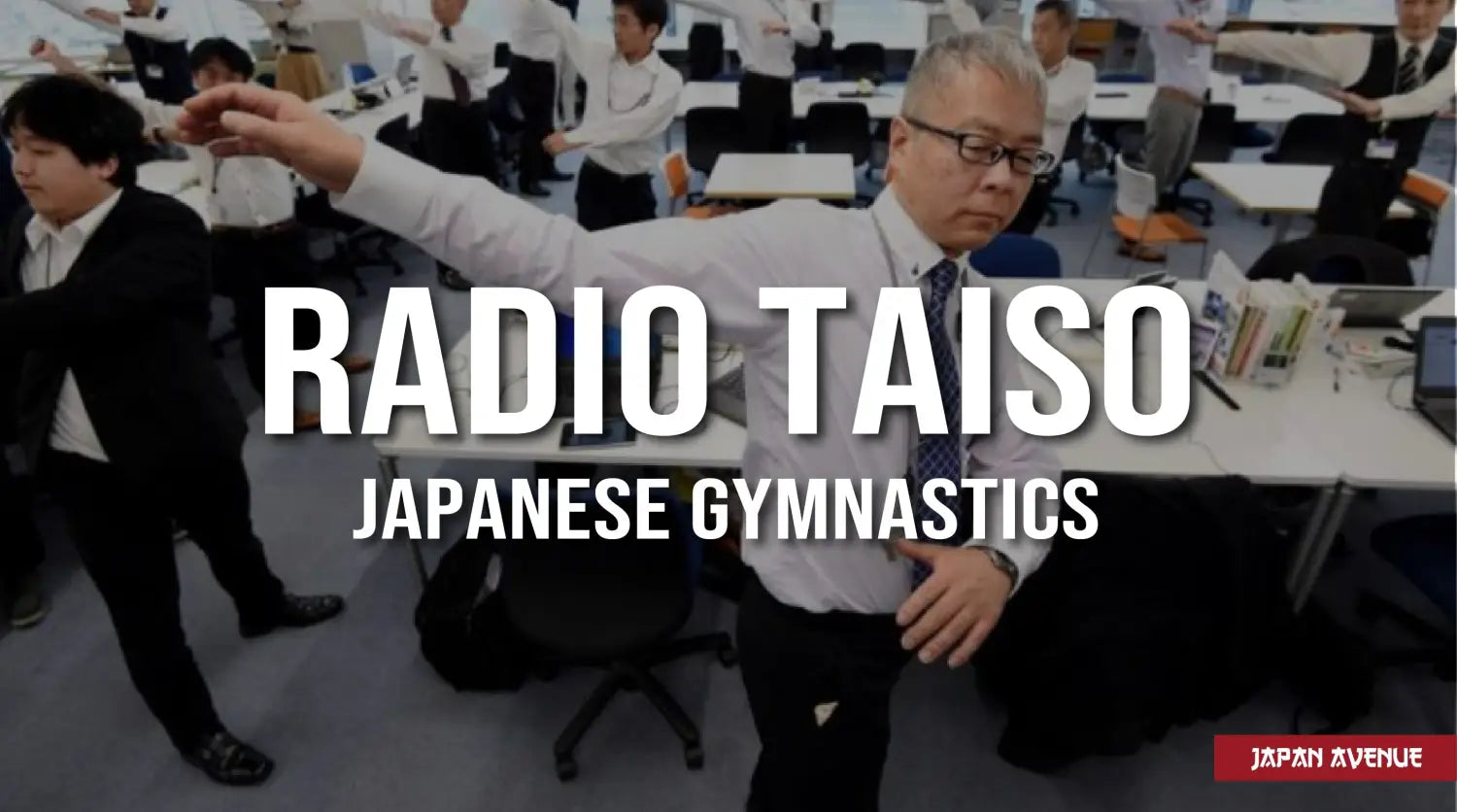And what if living with less made one happier? Here again, the Japanese lifestyle is a source of inspiration to the world.
Japanese minimalism is the art of abstaining from the superfluous in order to let the essential express itself. A trend that touches the fields of art, interior design, storage and philosophy. Extreme simplification, sobriety, modesty: minimalism is part of many aspects of Japanese culture and the Japanese seem to have totally integrated it into their lifestyle.
Their master? Fumio Sasaki, an adept of the "less is more" very popular in Japan and who advocates Danshari, a material and spiritual concept.
So, how to adopt this particularly liberating philosophy? Focus on Japanese minimalism.
Japanese minimalism, for a return to the essential
By cluttering ourselves with unnecessary things, we end up missing out on the essential. The Japanese have clearly understood this. For proof, visit a traditional house in the Land of the Rising Sun... You won't see any frills or clutter. This trend is nowadays still very popular and seduces more and more Westerners, victims of the consumer society. Reflecting the Japanese culture, minimalism was popularized by Fumio Sasaki, a former messy who transformed his life by cultivating this art.
The traditional Japanese minimalist interior

Clean lines, partitions that let in the daylight, neutral tones and raw materials... traditional Japanese houses are not lacking in charm. Naturalness, simplicity and essentiality are at the heart of their architecture.
Naturalness is omnipresent
In Japan, traditional houses are distinguished by their sobriety and natural elegance. Raw materials such as wood, stone, paper, bamboo or rice straw are the main elements used in the architecture and interior design. Note that nature is omnipresent in the Japanese culture. Thus, the inhabitants of the archipelago often have Zen gardens or interior courtyards. Likewise, the floor is generally covered with tatami (woven straw) except in the entrance (genkan), the toilets and the kitchen.
A simplified architecture
Inside, the absence of walls and the simplicity of the interior decoration are immediately noticeable. Instead of walls, we find slidable doors that allow to create modular spaces according to the needs of the moment. The Shoji are wooden panels covered with washi paper to let the light through while the Fusuma are opaque panels.
The minimum necessary

We can notice that traditional Japanese homes are very simple in their decoration. Thus, we can count the furniture on the fingers of one hand and they are located rather on the floor. Nothing is placed by chance. Each object must be functional in a room.
Thus, the bedroom presents only the necessary to sleep. That is to say a bed or a simple futon placed on the floor which will be stored in a cupboard during the day. The bathroom includes just a wooden bathtub named "Ofuro" and a changing room with a sink. In the living room, the furniture is limited to a Kotasu, a coffee table that serves as a radiator and Zabuton, rectangular cushions that surround the table to dine or do whatever else. The most important element of the japanese decor is undoubtedly the Tokonoma, an elevated space dedicated to art where a painting, calligraphy or flower arrangment (Ikebana) is displayed.
Fumio Sasaki, the leader of the minimalists 2.0

Fumio Sasaki. Source: https://twothirds.com/blogs/journal/fumio-sasaki-longing-for-less
Have you ever heard of this Japanese author, star of Japanese minimalism? His bestseller "Goodbye, Things" has sold more than 250,000 copies in Japan. Despite his popularity, Fumio Sasaki remains a modest person. As a proof, he lives with barely 800 euros per month in a small apartment and has no more than four pants and three t-shirts in his wardrobe! In a world where the influence of the media encourages more and more consumption, the author prefers to detach himself from material things to devote himself entirely to human relationships, travel and nature.
This young 40-year-old minimalist lives in a place without knick-knacks and other trivialities in order to keep only the essentials at home: a desk, a bed, a table, a few books, a laptop and the necessary toiletries. Fumio Sasaki could break the record of the fastest move in the world. But the smiling, serene man of today has not always been this way. In his youth, he was a party animal. He was also a collector with a habit of accumulating objects. One day, he got tired of seeing so much clutter around him and realized that he was too attached to things. So he turned to minimalism and adopted a totally different lifestyle. By letting go of his belongings, Fumio Sasaki found more clarity about his deepest values and personality. Thus revealed, he feels happier.
Danshari, the art of Japanese minimalist tidying
Practical and spiritual at the same time, Danshari is an art of living that questions the connection between objects and the material world, in a society of hyperconsumption. By getting rid of the useless, the mind is in turn liberated from negative charges of the environment. More than a material issue, the concept aims at reaching plenitude by getting rid of what is useless, both from a material and emotional point of view.
Origin and etymology of Danshari

Danshari 断捨離 is composed of 3 kanji that respectively mean "Refuse", "Dispose" and "Separate". Originating from Zen Buddhism and Wabi-Sabi, an aesthetic concept honoring simplicity and imperfection, Danshari is at the heart of Japanese minimalism. This philosophy, which advocates the abandonment of materialism to find inner peace, is based on three pillars: "Refuse to be cluttered", " Dispose of useless things", and " Separate from the material". Moreover, Danshari inspired the tidying method invented by Hideko Yamashita, the first consultant in this field.
Danshari method: some rules to respect
After Marie Kondo and her famous Konmari method, tidying up has never been so popular in Japan. In 2016, Hideko Yamashita revealed the secrets of a tidy house, with a spiritual approach.
Through her book "DanShaRi", the author shows us how to get rid of the superfluous and gain happiness by simply following 3 rules:
-
Refuse to take things home
Avoiding bringing trinkets and other useless stuff into your home is the basis of tidying up. -
Question your attachment to material things
To avoid accumulating stuff, it may be necessary to question the attachment we have to objects and find a certain distance with the material. -
Detach yourself from the desire to consume
By not giving in to compulsive buying, despite the fact that the media encourages us to consume more and more, we regain our freedom.
As you can see, these three imperatives will help you to keep your home uncluttered and pleasant to live in while guiding you towards a more serene life.
Ma, the philosophy of Japanese minimalism
The Ma 間 is a concept that is very much present in Japanese culture and especially in art. Meaning "interval", "distance", Ma is no more or less than the void that creates harmony. You see... that little gap that enhances a composition. Ikebana, calligraphy, Zen gardens and architecture make full use of this aesthetic notion. In the same way, Ma is so deeply rooted in the archipelago that it can be observed even in social relations: it is about the right balance that one can have with the other.
In fact, it is not necessarily emptiness, but rather the space that connects two objects or two sounds. More than a spatial notion, Ma is also a temporal concept that is similar to rhythm. Every musician knows that a silence or a break is an excellent way to create rhythm. Artists and intellectuals have seized upon this minimalist Japanese concept, which seems to have crossed borders. As a result, Ma can be found in the West in many fields such as music, dance, film art, photography and architecture. 
To end this article, the feeling of abundance does not make one happier, contrary to what one might think. Stress, mental load, constraint, these are the things we expose ourselves to when we live in excess. Against the current of consumerism, Japanese minimalism tends to find happiness in dispossession. Everything leads us to believe that true wealth does not come from what we have but from what we reveal.




1 comment
Kofi
I think I will give this a try to free myself of the clutter and burdens of life
I think I will give this a try to free myself of the clutter and burdens of life